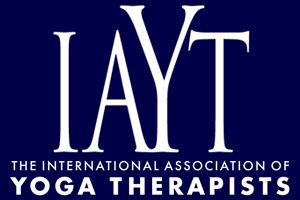Healing Mind and Body: Using Therapeutic Yoga in the Treatment of Schizophrenia
This article offers insight into the causes and nature of schizophrenia, a chronic mental illness, and describes practical ways Yoga can be integrated as an aspect of treatment. Yoga offers a safe, effective intervention to address both the physiological and psychological stress prevalent in this population. With a practice grounded in the movement of the breath, Yoga can create a sense of community, self-awareness, and self-care that traditional psychiatric practice is frequently unable to foster. This article also discusses some of the concerns specific to teaching this population, and to teaching in a psychiatric hospital. Clinical cases are shared to illustrate the benefits individuals with schizophrenia may receive from a practice of Yoga.
